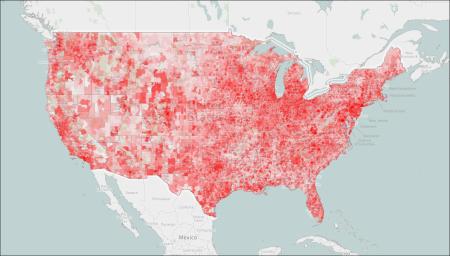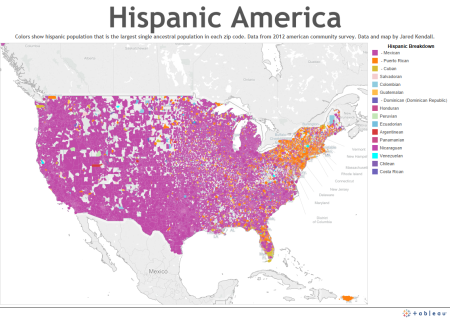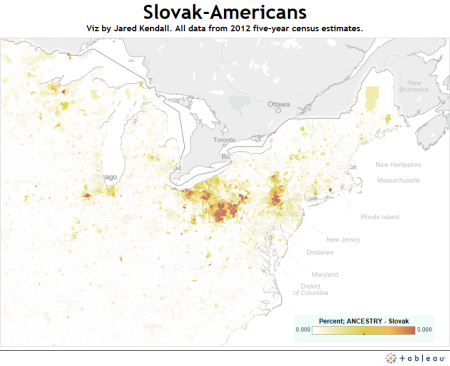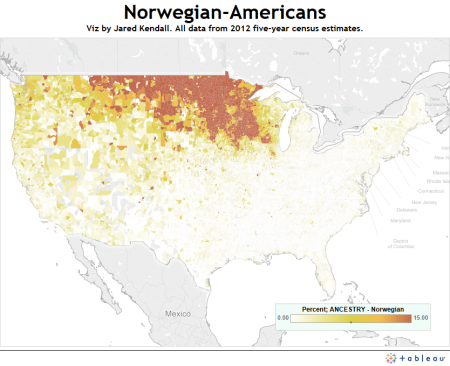When I recently got the chance to play with some data on Internet Service Providers courtesy of Decision Data, one of the biggest questions on my mind was this: Just how many companies compete for our business?

Turns out, numerically speaking, quite a few. Decision Data has stats on a whopping 2,345 providers nationally. This means that plenty of zip codes have a lot of competition – on paper. It’s when you really look at that competition that you realize it’s not all that it’s cracked up to be.
Right off the bat, there’s wireless. Wireless internet access is fine (I happen to use it myself) but it isn’t exactly perfect. If you need or want to download a lot of data in a month, you’ll hit your cap pretty quick on most wireless plans (or pay a small fortune.)
So I’m not sure we can count all of those cell phone providers as true ISPs. Sure, a lot of us get a lot of data delivered via cell phone tower — but most of us need an Internet that won’t run out of capacity if we decide to binge watch Buffy.
You also have commercial/business providers like Level 3 Communications. I’ll bet they’re fast and allow plenty of data per month – and I’ll bet they wouldn’t be interested in a small-fry customer like me, even if I *do* refer to myself as a business. (It’s a freelance thing.) In fact, the number of business providers came as something of a surprise to me — apparently, businesses have plenty of choices. We consumers, it would seem, not so much.
Side note: In spite of how awful our Internet speeds are supposed to be when compared to places like South Korea, my map of the highest speeds available by zip shows that (theoretically, anyhow) much of America has access to gigabit-speed Internet. In the map below, red is fast, blue is slow.

My zip code has 13 different providers, in theory. Out of all of them, I think only three would be real “choices” for me, and last time I checked only one of them actually reaches my apartment – which means the other choices aren’t actual choices at all. Not unless I go run a couple thousand feet of Cat 5 cable to the nearest spot an alternate provider *does* reach.
So I’ve basically got the one choice, if I want to move away from my grandfathered (and truly unlimited) wireless data plan. Like most Americans, when it comes to Internet access, I’m overwhelmed with options but underwhelmed by most of them.
But at least it ain’t dial-up.










